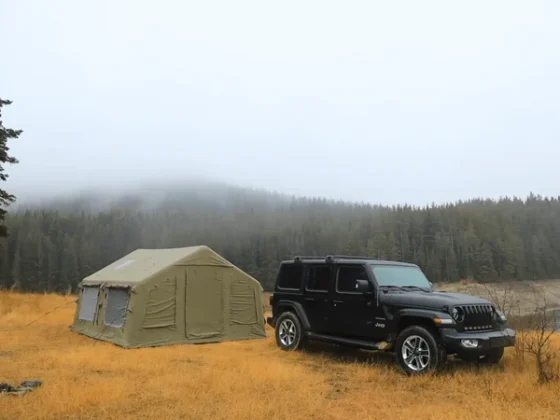When renting a car, ensuring its safety before driving is crucial for your well-being and peace of mind. While car rental agencies are generally required to maintain their fleets, it’s always wise to perform a personal inspection. Here are essential steps to follow to ensure the vehicle is safe before hitting the road:
Check for Visible Damage
Before driving away, carefully inspect the car for any visible damage. Walk around the vehicle and look for dents, scratches, or cracks in the bodywork. Pay special attention to the bumpers, doors, mirrors, and windshields. Ensure that any existing damage is noted in the rental agreement or on a separate inspection sheet. This protects you from being charged for pre-existing damage when you return the car.
Inspect the Tires
Tires play a vital role in the vehicle’s safety. Look at the tread to ensure it’s not too worn. A good rule of thumb is to insert a penny into the tread with Lincoln’s head facing down. If the top of Lincoln’s head is visible, the tread is too low. Additionally, check the tire pressure using a pressure gauge, or at least visually inspect for under-inflation. Properly inflated tires reduce the risk of blowouts and help with fuel efficiency. Don’t forget to check the spare tire as well.
Test the Lights
Test all the lights on the car to ensure they are functioning correctly. This includes the headlights, taillights, brake lights, turn signals, and hazard lights. Having functioning lights is essential for visibility and communication with other drivers. If any lights are not working, ask the rental company to fix them before you drive off.
Examine the Brakes
Brakes are one of the most critical safety features in a vehicle. When you first get into the car, gently press the brake pedal to check for firmness. It should feel firm and responsive, not spongy. If possible, conduct a slow drive around the rental lot to check how the brakes perform under normal pressure. If you hear unusual sounds like grinding or screeching, report this to the rental company immediately.
Test the Steering and Suspension
A quick test of the steering and suspension can help you determine whether the vehicle is safe to drive. As you start driving, make sure the steering wheel responds smoothly to your input and doesn’t pull to one side. This may indicate alignment or tire issues. Additionally, the suspension should absorb bumps without excessive bouncing. Strange noises or rough handling may be signs of a problem.
Look Under the Hood
While you may not be a mechanic, a quick glance under the hood can reveal potential issues. Ensure that fluids like oil, coolant, and windshield washer fluid are at proper levels. Most cars come with a dipstick to check oil levels easily. If you notice any leaks or smells of burning oil, report them to the rental agency.
Ensure Seat Belts Work Properly
Seat belts are a fundamental safety feature. Check that all seat belts in the vehicle function properly and can be fastened and unfastened smoothly. If you have children or passengers who require car seats, make sure that the belts are long enough to securely fasten the seat.
Review the Vehicle’s Features
Familiarize yourself with the car’s features, such as the location of the hazard lights, windshield wipers, and emergency brakes. This will help you respond quickly in case of an emergency. Make sure that the dashboard warning lights turn off after the vehicle starts. Persistent lights could indicate engine trouble or other mechanical issues.
Check the Fuel Level
Before driving off, make sure you know the fuel level. Most rental cars come with a full tank of gas, and you are usually required to return the car with a full tank. However, some companies operate differently, so knowing your starting point will help avoid any misunderstandings.
Review the Insurance Coverage
While not a physical safety check, reviewing the insurance coverage before driving is essential. The car accident lawyers in Louisville encourage you to understand what is covered by the rental agency’s insurance and whether your personal auto insurance or credit card offers additional protection. Confirm that you have coverage for accidents, theft, or other incidents that may occur.
Taking the time to inspect a rental car thoroughly not only ensures your safety but also helps you avoid potential disputes when returning the vehicle. If you notice any issues during the inspection, don’t hesitate to request a different vehicle or have the problems addressed.
Photo by Sven D on Unsplash












